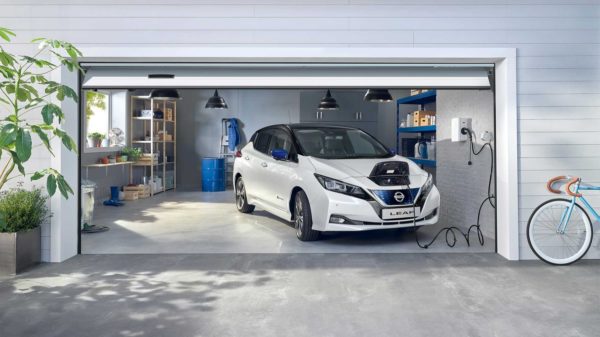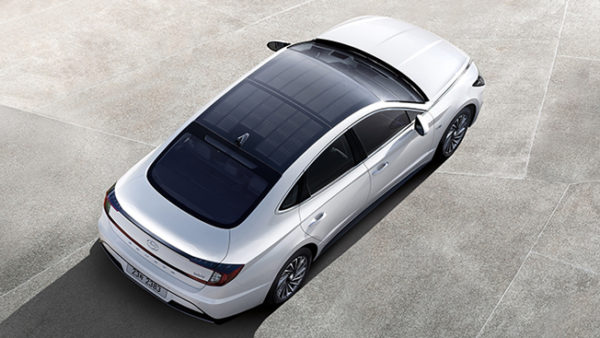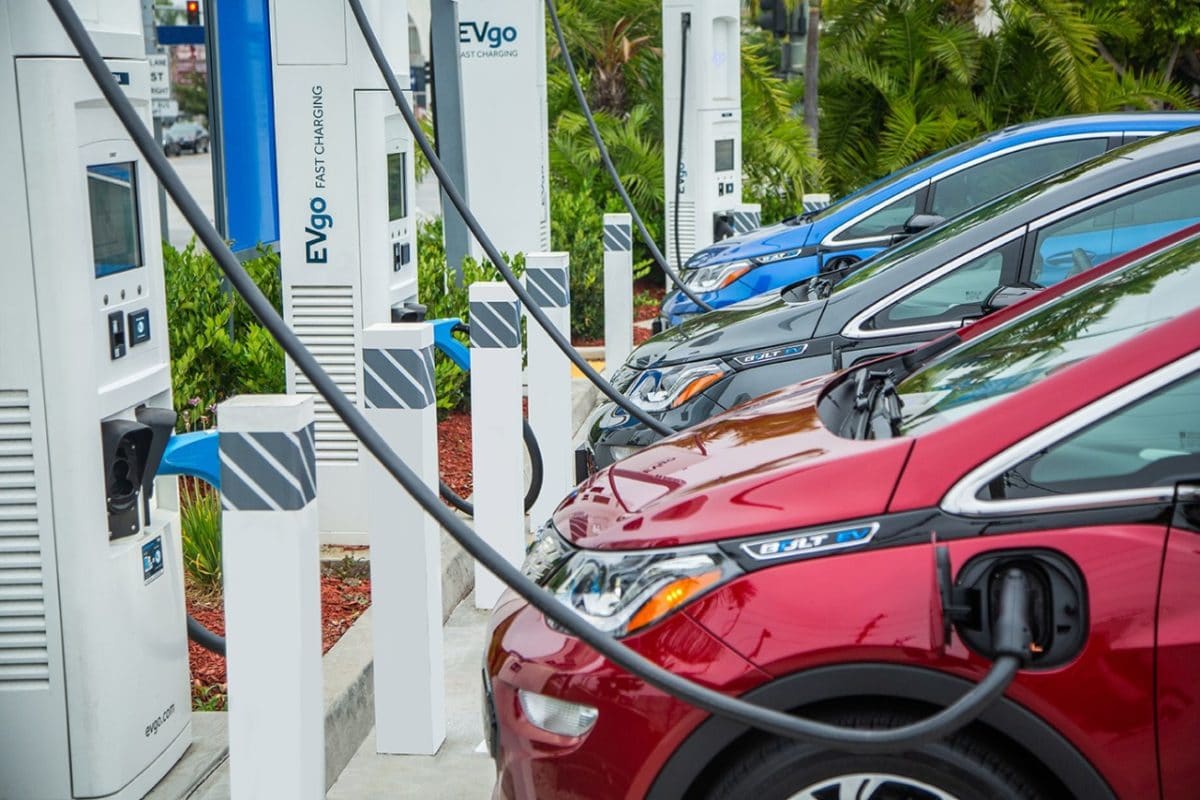Putting the brakes on the sale of new internal combustion engine vehicles by 2030 is among a suite of recommendations compiled by the community panel which was commissioned by Infrastructure Victoria as it searched for ways to accelerate the transition to electric vehicles and other low and zero emission vehicles, including battery-electric and hydrogen vehicles.
The community panel, comprising 211 members, this week presented Victoria’s independent infrastructure advisory body with 21 recommendations to consider, including advocating for government fleets to use electric vehicles (EVs) which could create a second-hand market with lower prices.
The panel also recommended the integration of energy capture through solar PV modules and battery storage across all types of buildings to reduce the reliance on the electricity transmission network powered by fossil fuels to create a closed loop system for charging EVs.
Infrastructure Victoria chief executive Michel Masson said tackling transport emissions will be key if the state is to meet its climate emission reduction target of net zero emissions by 2050 and community insight was critical in informing infrastructure needs and priorities.
“Victoria will not reach its emissions reduction targets unless more people shift away from petrol and diesel vehicles, but this transition needs to be planned, fair and equitable,” Masson said.
“Transitioning to zero emissions vehicles is likely to have the single most significant impact on reducing Victoria’s transport emissions, and while other countries have experienced the benefits of this, the technology is still relatively new in Australia.”
Data released late last month by the Electric Vehicle Council (EVC) shows Australia is way behind in its EV adoption as other markets around the world are hitting the accelerator hard.
There were 6,900 EVs sold in Australia in 2020, a 2.7% increase from the 6,718 sold in 2019. The 2020 EV sales figure accounts for just 0.7% of total Australian car sales.
By comparison, EVs in the EU increased their market share to 10.2% in 2020 while in the UK it climbed to 10.7%. In California, EV market share climbed to 8.1% while in Norway it rose from 56% in 2019 to 75% in 2020.

Image: Nissan
EVC chief executive Behyad Jafari said Australia had failed to keep pace with the rest of the world, citing the unattractive policy environment for EVs at both state and federal levels as a major hinderance.
“There’s simply no sugar coating it at this point, Australia has marked itself out as a uniquely hostile market to electric vehicles,” he said.
“We have no targets, no significant incentives, no fuel efficiency standards, and in Victoria we even have a new tax on non-emitting vehicles.”
From July 1, EV and hydrogen vehicle owners in Victoria will be charged 2.5 cents for each kilometre they drive, and plug-in hybrid-electric vehicle owners will pay 2 cents per kilometre driven.
South Australia had also aimed to introduce an EV road user charge in 2021 but the scheduled introduction date had since been pushed out to July 2022.
The road user charge has come in for plenty of criticism with EV advocates calling for increased incentives to speed up the transition but Masson said the community panel had delivered some surprising recommendations.
“This process revealed that reducing or off-setting purchase costs is important but there are many more opportunities, in fact the panel’s top five recommendations explored ideas beyond financial incentives to encourage a greater uptake of low and zero emissions vehicles,” he said.

Image: Hyundai
Among the recommendations outlined by the community panel was a call for the installation of EV charging points to be supported through the state’s Solar Homes Program and subsidies to reduce the cost of installing home charging infrastructure.
The panel also recommended the rollout of a network of charging infrastructure across Victoria, the introduction of planning controls that require new developments to install charging infrastructure and the provision of EV charging stations at activity and town centres.
Other recommendations included providing financial incentives to individuals to support the initial transition to low or zero emissions vehicles and the creation of a trade-in scheme for internal combustion engine vehicles which would incentivise community members to transition to EVs sooner.
Infrastructure Victoria will now prepare a report based on the recommendations and it will form part of the update to state’s 30-year Infrastructure Strategy to be released mid-2021.
This content is protected by copyright and may not be reused. If you want to cooperate with us and would like to reuse some of our content, please contact: editors@pv-magazine.com.









1 comment
By submitting this form you agree to pv magazine using your data for the purposes of publishing your comment.
Your personal data will only be disclosed or otherwise transmitted to third parties for the purposes of spam filtering or if this is necessary for technical maintenance of the website. Any other transfer to third parties will not take place unless this is justified on the basis of applicable data protection regulations or if pv magazine is legally obliged to do so.
You may revoke this consent at any time with effect for the future, in which case your personal data will be deleted immediately. Otherwise, your data will be deleted if pv magazine has processed your request or the purpose of data storage is fulfilled.
Further information on data privacy can be found in our Data Protection Policy.